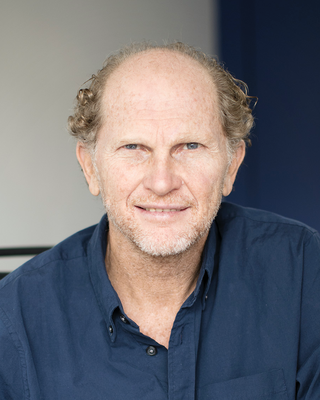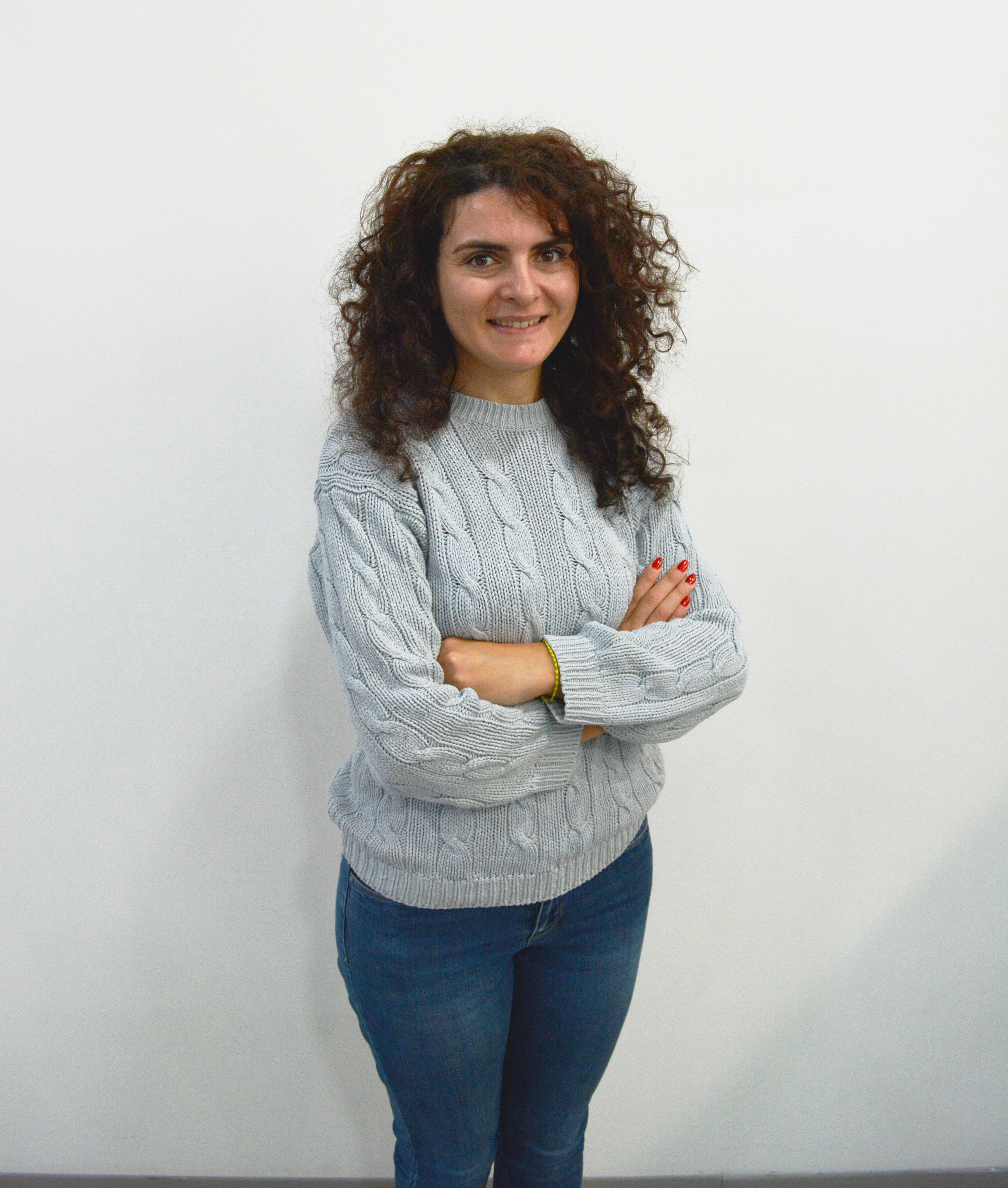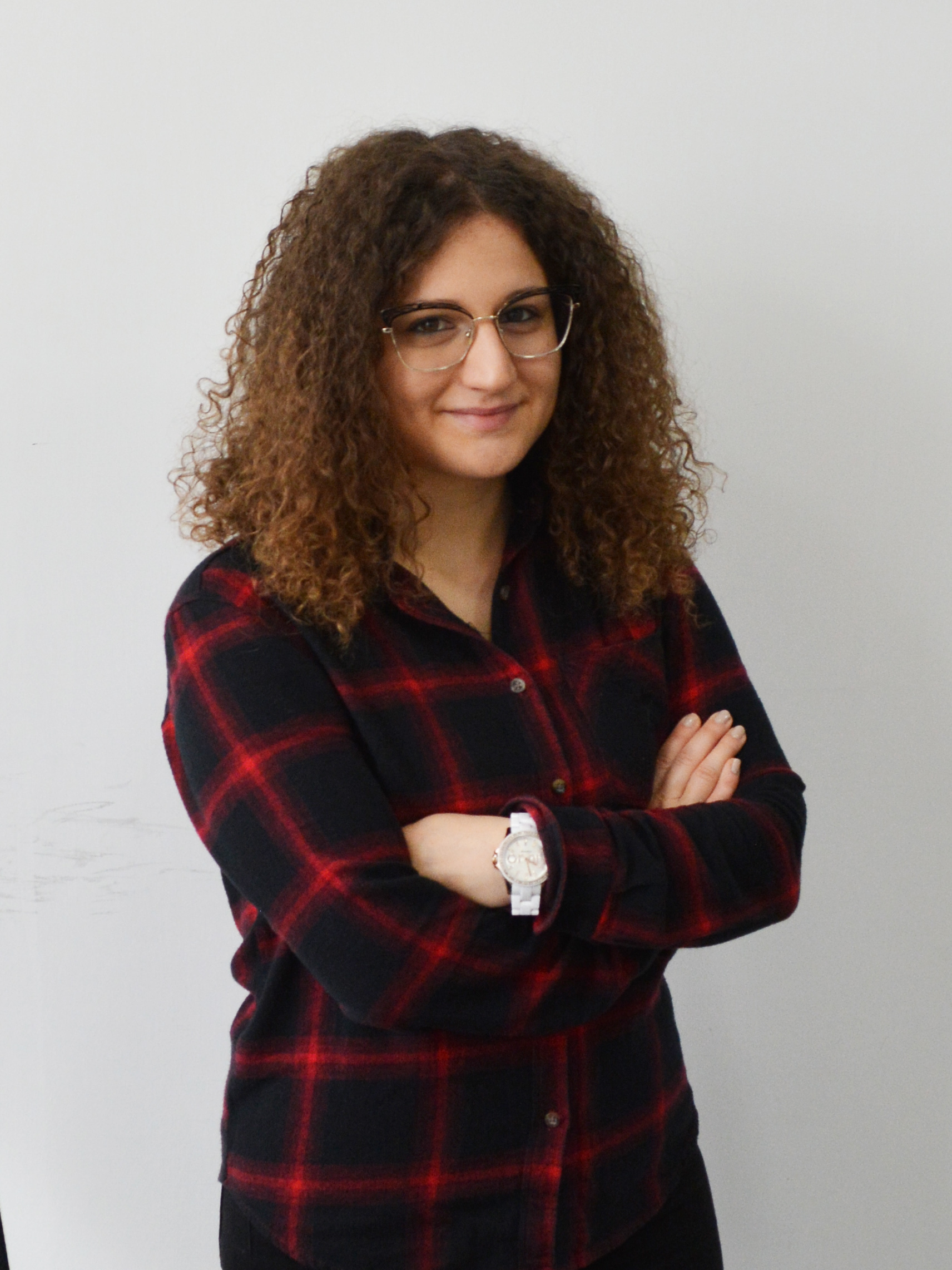Principal Investigator
TIGEM's Founding Director 1994 - 2024
Other positions:
Professor of Medical Genetics, Department of Translational Medicine, University of Naples "Federico II", Italy.
Visiting Professor, Department of Molecular and Human Genetics, Baylor College of Medicine, Jan and Dan Duncan Neurological Research Institute, Houston, TX, USA.
Prof. Ballabio obtained his M.D. degree at the University of Naples, where he completed his residency in Pediatrics. After working as post-doctoral fellow at the Institute of Genetics and Biophysics in Naples and at Guy’s hospital in London UK, in 1989 he moved to the Department of Molecular and Human Genetics of Baylor College of Medicine in Houston TX USA, where he became Associate Professor and Co-director of the Human Genome Center. He moved back to Italy in 1994 to become the founding director of TIGEM. He has published over 360 articles in international peer-reviewed journals and contributed to 19 chapters of prestigious international books such as "Harrison's Principles of Internal Medicine" and "Molecular Bases of Inherited Disease". He is “inventor” of 7 international patents. Prof Ballabio has been a member of many committees of international bodies, such as the European Commission, the European Research Council and the EMBO Council. He is a former President of the Euopean Society of Human Genetics. He is a Co-Founder of Casma Therapeutics in Boston USA and an Advisory Board member of Next Generation Diagnostics and of Avilar Therapeutics. In 2007 he was awarded the title of Commendatore della Repubblica Italiana and received the silver medal for merit. He is a three-time winner (in 2010, 2016 and 2023) of the European Research Council (ERC) Advanced Grant. In 2016, he was the first scientist in Italy to receive the prestigious Louis-Jeantet Prize for Medicine for his contribution to understanding the molecular mechanisms controlling the function of lysosomes in health and disease. In 2020 he was awarded the title “Grande Ufficiale” of the Italian Republic. He is the 2021 winner of the Feltrinelli prize in biology of the Accademia dei Lincei.
- Structure of the lysosomal mTORC1-TFEB-Rag-Ragulator megacomplex, Nature 2023
- A substrate-specific mTORC1 pathway underlies Birt–Hogg–Dubé syndrome. Nature, 2020
- Transcriptional activation of RagD GTPase controls mTORC1 and promotes cancer growth. Science, 2017
- TFEB Links Autophagy to Lysosomal Biogenesis. Science, 2011
- A Gene Network Regulating Lysosomal Biogenesis and Function. Science, 2009
Complete List of Published Work of more than 360 publications in My Bibliography
Quote
While studying medicine I was fascinated by how research could lead to the discovery of disease mechanisms. As a young pediatrician, I took care of children affected by genetic diseases, some of them serious and still without therapy, I felt the urge to act, to do something to help, and I knew that the way to make a difference was to understand the biological mechanism. That’s how research became my passion.
Additional Funding
- INCANTAR - Targeting inherited cancer syndromes - (2023-2028) ERC Adv
- Targeting TFEB-mediated mTORC1 hyperactivation in hamartoma syndromes - (2019-2023) AIRC
- Targeting TFEB and TFE3 in Renal Tumorigenesis - (2022-2025) Department of Defense
















